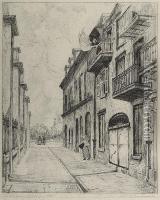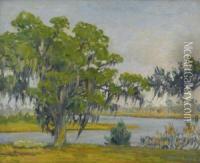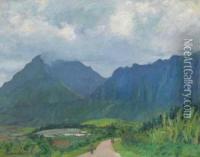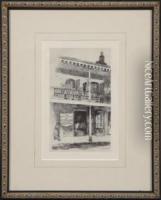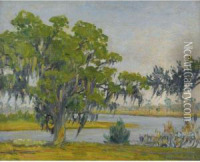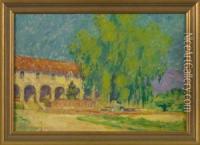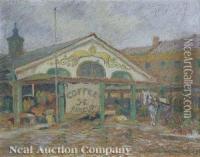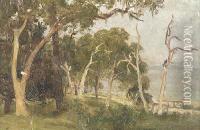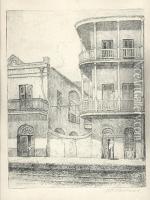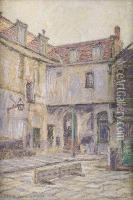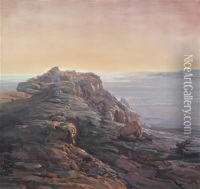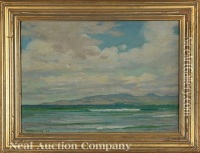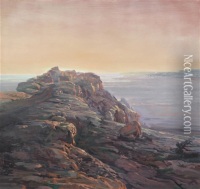William Woodward Paintings
William Woodward was an American artist and educator, known for his contributions to the art scene in New Orleans and the greater Southern United States. Born on May 1, 1859, in Seekonk, Massachusetts, Woodward grew up in a time of significant change in America. He pursued his passion for art by studying at the Rhode Island School of Design and later expanded his education in Europe, where he was influenced by the Impressionist movement.
After his studies in Europe, Woodward returned to the United States and settled in New Orleans, Louisiana, where he would leave a lasting legacy. He joined the faculty of the Tulane University School of Architecture in 1884, where he taught for over 30 years. Woodward was instrumental in founding the Newcomb College Art Department, part of Tulane University, and played a key role in developing its curriculum, focusing on both fine arts and practical design, contributing to the Arts and Crafts Movement in America.
Woodward was not just an educator but also an active artist. His work encompassed a wide range of subjects, including landscapes, cityscapes, and scenes of everyday life in the South. He was particularly known for his vibrant watercolors and oil paintings that captured the unique light and atmosphere of Louisiana and the Gulf Coast. His style exhibited the influences of Impressionism, characterized by his use of light and color, but he also maintained a distinct personal touch that resonated with the regional characteristics of his subjects.
In addition to his contributions to art education and his artistic works, Woodward was also involved in preservation efforts, advocating for the conservation of the Vieux Carré, the historic heart of New Orleans. He was a founding member of the Arts and Crafts Club of New Orleans, which played a crucial role in the cultural revival of the city in the early 20th century.
William Woodward passed away on November 17, 1939, leaving behind a rich legacy as a pioneer in American art education and as an artist who deeply influenced the cultural landscape of the South. His works continue to be celebrated for their historical value and artistic merit, offering insights into the life and environment of the Southern United States during his time.
